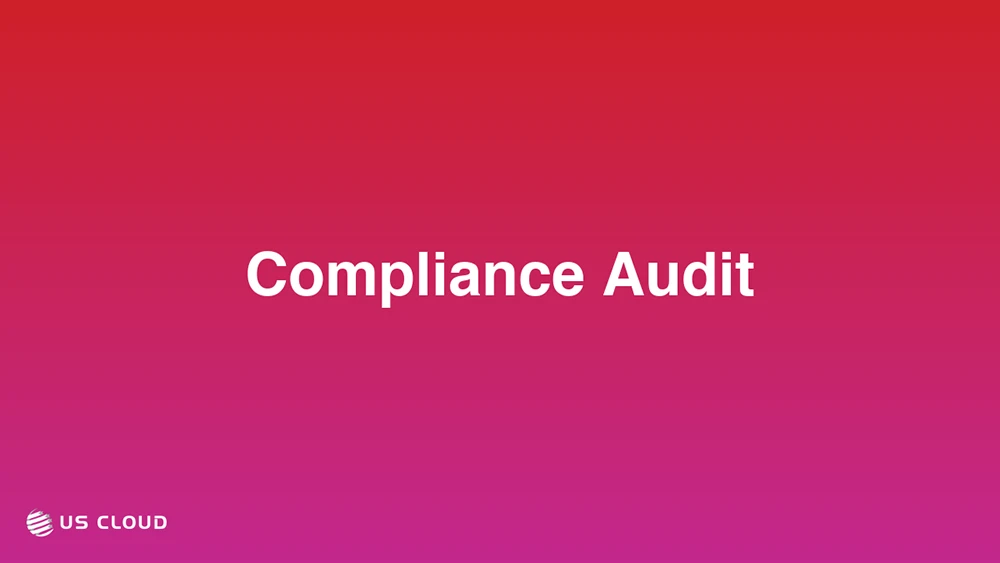Compliance Audit.

Understanding IT Compliance Audits: A Comprehensive Guide
In today’s digital landscape, where data breaches and cybersecurity incidents make headlines almost daily, IT compliance audits have become a crucial component of organizational risk management. But what exactly is a compliance audit in the IT space, and why should organizations care?
A compliance audit in IT is a systematic examination of an organization’s information systems, processes, and controls to verify whether they meet specific regulatory requirements, industry standards, or internal policies. Think of it as a health checkup for your organization’s IT infrastructure and practices – it helps identify potential issues before they become serious problems.
The Core Components
At its heart, an IT compliance audit examines several key areas:
Infrastructure Security: This includes reviewing network architectures, firewall configurations, access controls, and encryption protocols. Auditors verify that appropriate security measures are in place to protect sensitive data and systems from unauthorized access.
- Data Management: How organizations collect, store, process, and dispose of data is crucial. Auditors examine data handling procedures to ensure they align with regulations like GDPR, HIPAA, or PCI DSS, depending on the industry and jurisdiction.
- Risk Management: This involves evaluating how organizations identify, assess, and mitigate IT-related risks. Auditors look for documented risk assessment procedures and evidence of regular risk reviews.
- Policy and Procedure Documentation: Written policies and procedures are essential for consistent operations. Auditors review these documents to ensure they’re comprehensive, up-to-date, and effectively communicated to staff.
Why Organizations Need IT Compliance Audits
The importance of compliance audits extends beyond mere regulatory checkbox-ticking. They serve several critical purposes:
- Legal Protection: By demonstrating due diligence through regular audits, organizations can better defend themselves against potential legal challenges. In case of a security incident, having documented proof of compliance efforts can significantly reduce liability.
- Risk Identification: Audits often uncover vulnerabilities or inefficiencies that might otherwise go unnoticed. This proactive approach to risk management can prevent costly incidents before they occur.
- Stakeholder Trust: Regular compliance audits demonstrate commitment to security and privacy, building trust with customers, partners, and investors. In an era where data breaches can devastate reputations, this trust is invaluable.
- Operational Improvement: The audit process often reveals opportunities for improving processes and procedures, leading to more efficient operations and better resource allocation.
The Audit Process
A typical IT compliance audit follows a structured approach:
- Planning Phase: This initial stage involves defining the audit’s scope, identifying relevant compliance requirements, and gathering necessary documentation. Auditors work with organization leaders to understand business objectives and compliance obligations.
- Assessment Phase: Auditors examine systems, processes, and controls through various methods including document reviews, interviews, system testing, and observation of procedures in action. They collect evidence to support their findings and document any gaps or deficiencies.
- Analysis Phase: The collected evidence is analyzed against compliance requirements to identify areas of non-compliance or concern. Auditors evaluate the severity of any findings and their potential impact on the organization.
- Reporting Phase: Findings are compiled into a detailed report that includes identified issues, their potential impact, and specific recommendations for remediation. This report serves as a roadmap for improvement and documentation of the audit process.
Common Challenges and Best Practices
Organizations often face several challenges during compliance audits:
- Resource Constraints: Audits require significant time and effort from staff who already have full-time responsibilities. Organizations should plan accordingly and consider bringing in external expertise when needed.
- Complex Requirements: With multiple regulations and standards to comply with, understanding and meeting all requirements can be overwhelming. Maintaining a compliance matrix that maps controls to various requirements can help manage this complexity.
- Documentation Gaps: Insufficient documentation is a common audit finding. Organizations should maintain detailed records of policies, procedures, and control activities throughout the year, not just during audit time.
To address these challenges, organizations should:
- Implement Continuous Monitoring: Rather than treating compliance as an annual event, organizations should implement continuous monitoring tools and processes to maintain compliance throughout the year.
- Automate Where Possible: Leverage technology to automate compliance monitoring, documentation, and reporting processes. This reduces manual effort and improves accuracy.
- Foster a Compliance Culture: Make compliance everyone’s responsibility by incorporating it into regular training and operations. This distributed approach makes audit preparation more manageable.
Looking Forward
As technology evolves and new regulations emerge, IT compliance audits will continue to grow in importance and complexity. Organizations that view compliance audits as opportunities for improvement rather than necessary evils will be better positioned to protect their assets, maintain stakeholder trust, and achieve their business objectives.
The key to successful IT compliance audits lies in preparation, documentation, and a commitment to continuous improvement. By understanding what these audits entail and implementing appropriate processes and controls, organizations can transform what might seem like a bureaucratic burden into a valuable tool for risk management and operational excellence.
Remember, compliance isn’t just about passing an audit – it’s about protecting your organization, your customers, and your future. Regular IT compliance audits are an essential part of that protection in our increasingly digital world.
